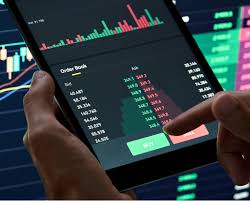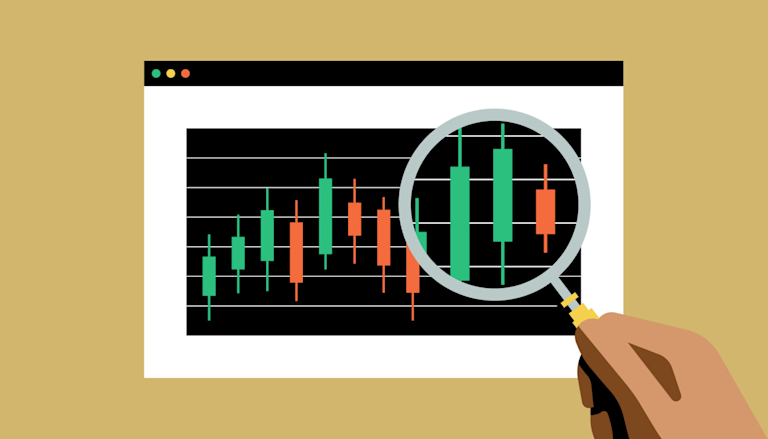Understanding Crypto Trading Indicators: The Key to Successful Trading
In the fast-paced world of cryptocurrency trading, having the right tools at your disposal can make all the difference. One of the most significant aspects of trading is understanding and utilizing various crypto trading indicators. These indicators can help traders analyze market trends, predict future price movements, and make informed trading decisions. In this article, we will explore the most effective crypto trading indicators and how they can impact your trading strategies. For more insights, Crypto Trading Indicators visit website.
What are Crypto Trading Indicators?
Crypto trading indicators are mathematical calculations based on historical price, volume, or open interest data of a cryptocurrency. They can be part of a broader trading strategy, providing insights into market trends and potential entry and exit points. Indicators can be categorized into two main types: lagging and leading indicators.
Lagging Indicators
Lagging indicators are used to identify trends after they have occurred. They are often based on historical price movements, which makes them beneficial for confirming trends but not for predicting future movements. Examples of lagging indicators include:
- Moving Averages: This is one of the most commonly used lagging indicators. It smooths out price data over a specific period, helping traders identify the overall direction of the market.
- Exponential Moving Average (EMA): This is a variation of the moving average that gives more weight to recent prices. EMAs are particularly useful for short-term trading strategies.
- Moving Average Convergence Divergence (MACD): This indicator shows the relationship between two moving averages of a cryptocurrency’s price. It helps traders identify potential buy and sell signals based on the divergence or convergence of these averages.

Leading Indicators
Leading indicators are designed to predict future price movements, offering insights that are ahead of the market trend. These indicators can help traders anticipate reversals or changes in market sentiment. Common leading indicators include:
- Relative Strength Index (RSI): The RSI measures the speed and change of price movements on a scale from 0 to 100. An RSI above 70 may indicate that a cryptocurrency is overbought, while an RSI below 30 may suggest it is oversold.
- Bollinger Bands: This indicator consists of a middle band (a moving average) and two outer bands that represent price volatility. Traders can use these bands to identify overbought or oversold conditions.
- Stochastic Oscillator: This momentum indicator compares a particular closing price of a cryptocurrency to a range of its prices over a specified period. It can indicate overbought or oversold conditions, helping traders make decisions.
How to Use Crypto Trading Indicators
Utilizing crypto trading indicators effectively requires understanding their functions and how they relate to market movements. Here are some tips on using these indicators to enhance your trading strategies:
1. Combine Indicators
Using multiple indicators in conjunction can provide a more comprehensive view of market conditions. For example, combining RSI (a leading indicator) with MACD (a lagging indicator) can help confirm potential reversal points.
2. Understand Market Context

No indicator works in isolation. It’s crucial to consider external factors such as market news, economic events, and overall cryptocurrency sentiment. Indicators should be viewed within the context of the current market environment.
3. Practice Risk Management
Indicators can suggest potential entry and exit points, but they are not infallible. Always incorporate risk management strategies into your trading plan, such as setting stop-loss levels and position sizing.
4. Backtest Your Strategies
Before implementing an indicator-based strategy in live trades, it is wise to backtest it using historical data. This process helps you understand how the indicators would have performed in different market conditions.
The Future of Crypto Trading Indicators
As the cryptocurrency market continues to evolve, so too will the tools and indicators available for traders. With the advancement of artificial intelligence and machine learning technology, we can expect more sophisticated trading indicators that analyze vast amounts of data and make real-time predictions.
Additionally, as regulatory environments for cryptocurrencies become clearer, trading strategies and indicators may also adapt to account for potential market shifts. Staying informed about technological advancements and market trends is essential for any trader looking to leverage crypto trading indicators effectively.
Conclusion
Crypto trading indicators are invaluable tools for traders looking to navigate the volatile world of cryptocurrency. By understanding the various indicators available, their applications, and the importance of using them within a broader trading strategy, traders can make more informed decisions. As always, continuous education and adaptation to market changes are essential for long-term success in the world of crypto trading.



